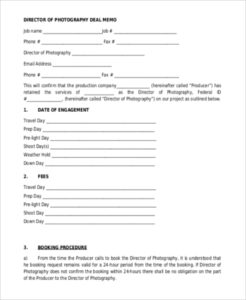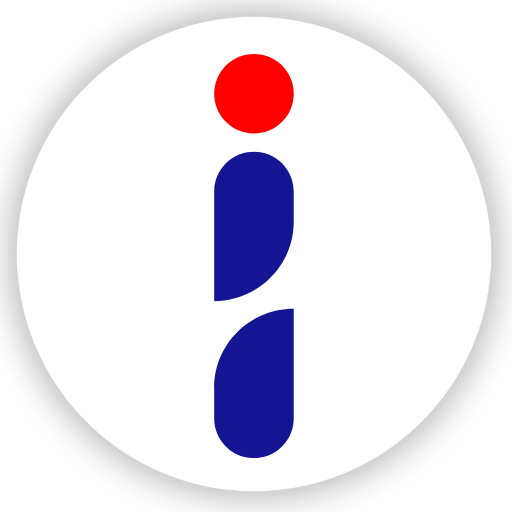Bringing a new product to life is an exhilarating journey, filled with innovative ideas and big dreams. However, the path from concept to market can be fraught with uncertainty. How do you know if your brilliant idea will truly resonate with your target audience? How do you ensure that all the hard work and investment won’t go to waste? The answer often lies in gathering crucial feedback early in the development process, long before committing significant resources to production.
This is where a well-structured new product concept survey template becomes your best friend. Instead of relying on gut feelings or assumptions, you can tap directly into the minds of your potential customers. Understanding their needs, preferences, and willingness to embrace your idea can dramatically increase your chances of success and help you fine-tune your concept into something truly remarkable. It’s about making informed decisions, not just hopeful guesses.
What Makes a Great Product Concept Survey?
A truly effective product concept survey isn’t just a random collection of questions. It’s a strategically designed tool aimed at extracting actionable insights from your potential customers. The goal is to understand not only if they like your idea, but why they like it (or don’t), what problems it solves for them, and what value they perceive. Getting this right early on can save you immense time and money in the long run, preventing costly reworks or, worse, a failed launch.
The foundation of a good survey lies in its clarity and focus. Each question should have a specific purpose, contributing to your overall understanding of the concept’s viability. Avoid jargon or ambiguous phrasing that might confuse respondents. Remember, you’re trying to get honest, unfiltered feedback, so make it as easy as possible for them to provide it. Think about the flow of the survey, guiding the respondent naturally from general impressions to more detailed opinions.
You’ll want to blend different types of questions to get a comprehensive view. Quantitative questions, like rating scales or multiple-choice, are great for collecting measurable data and spotting trends. For example, asking respondents to rate their likelihood of purchasing on a scale of 1 to 10 gives you clear, numerical insights. But don’t forget the power of qualitative questions, which allow respondents to express their thoughts in their own words, uncovering nuances and unexpected insights that numbers alone can’t provide.
Consider the respondent’s journey through your survey. Is it engaging? Is it too long? A fatigued respondent is less likely to provide thoughtful answers. Keep it concise, but comprehensive enough to gather the necessary data. A well-designed survey respects the respondent’s time while maximizing the value of their input.
Essential Sections of Your Survey
- Introduction: Briefly explain the survey’s purpose and assure anonymity.
- Demographic Information: Collect basic data (age, gender, income, location) to segment your audience and analyze responses by group.
- Concept Presentation: Clearly describe your product concept. This can be text, images, videos, or even mockups.
- Core Evaluation Questions: Ask about initial impressions, perceived benefits, problem-solving ability, and competitive advantage.
- Purchase Intent: Gauge their likelihood of buying the product if it were available.
- Pricing Sensitivity: Optionally, explore what price range they would consider fair or appealing.
- Open-ended Feedback: Provide space for additional comments, suggestions, or concerns.
Each of these sections plays a vital role in painting a complete picture of your concept’s potential. By systematically gathering feedback across these areas, you’re not just asking “do you like it?”, but truly dissecting the elements that will drive or hinder its success in the market.
Crafting Your New Product Concept Survey Template for Maximum Insight
Once you understand the fundamental components of a good survey, the next step is to actually put it into practice and craft your own new product concept survey template. This isn’t a one-size-fits-all endeavor; while templates provide an excellent starting point, tailoring them to your specific product and target audience is crucial for extracting the most meaningful insights. Think of a template as a robust framework that you then personalize with your unique questions and product details.
Begin by clearly defining what you want to learn. Are you testing a core feature, overall appeal, pricing, or all of the above? Your objectives will dictate the types of questions you include and the depth of information you seek. For instance, if you’re trying to pinpoint the most appealing benefit, your questions should focus heavily on perceived value and problem-solving. If you’re testing a truly novel idea, you might need more exploratory questions to gauge initial comprehension and acceptance.
After identifying your objectives, consider your target audience. The language you use and the examples you provide in your survey should resonate with them. A survey for tech-savvy early adopters will look different from one for a general consumer audience. Tailoring the presentation of your concept, whether through images, videos, or detailed descriptions, to match their understanding and preferences is paramount. Simplicity and clarity are key, no matter the audience, but the tone and specific vocabulary can vary.
Before you launch your survey to a large audience, always do a small test run. Share your new product concept survey template with a few internal colleagues or a small group of friends who fit your target demographic. Ask them to complete it and then provide feedback on clarity, length, and any confusing questions. This pilot phase is invaluable for catching errors, improving flow, and ensuring your questions are interpreted as intended. It’s much easier to fix issues before they impact hundreds or thousands of responses.
Finally, remember that the survey is just the first step. The true value comes from analyzing the results and translating them into actionable product development strategies. Look for patterns, identify common themes in open-ended responses, and don’t be afraid to pivot or iterate on your concept based on the feedback. User insights are a gift, providing a roadmap to building something truly desired by the market.
By thoughtfully designing and deploying your new product concept survey, you transform guesswork into informed decision-making. You gain a clear understanding of what excites your potential customers, what concerns them, and how your offering fits into their lives. This invaluable feedback loop empowers you to refine your ideas, optimize features, and develop a product that not only meets but exceeds market expectations, setting the stage for a successful launch and lasting impact.


